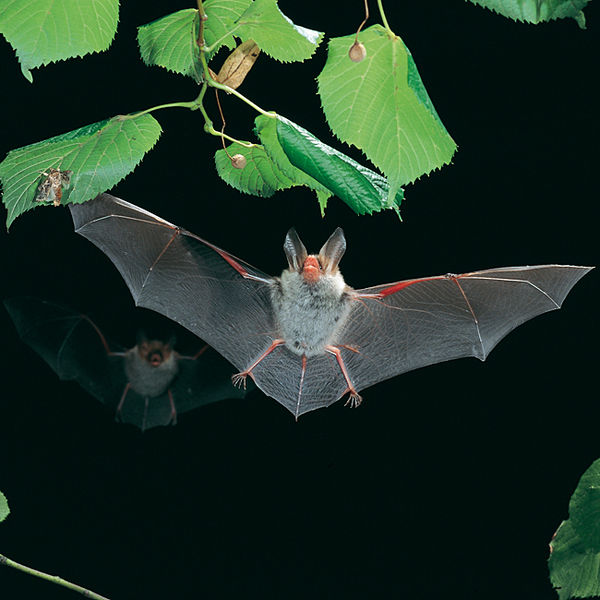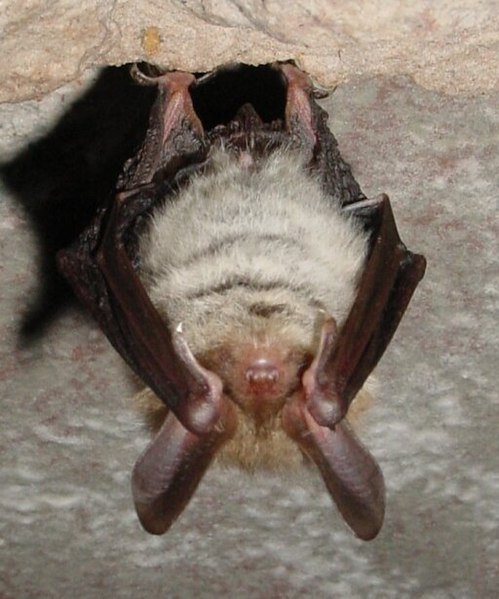Reflecting the broader decline facing much of the country’s wildlife, Bechstein’s bat (Myotis bechsteinii) has been confined to southern England and parts of southeastern Wales following decades of intense agricultural management practices and devastation to ancient woodlands, habitat outside of which they are rarely found.
Like many bat species, it is elusive, making population estimates challenging. However, conservationists now estimate its numbers to be in the low tens of thousands, a sharp decline from previous decades.
These bats thrive in “old-growth” environments, favouring woodlands with a dense understory and abundant dead trees and branches for roosting, hibernating and breeding. They are highly dependent on the ecological activities of other species, often roosting in tree holes created by woodpeckers or behind loose, peeling bark created by mammals such as squirrels.
Being so highly adapted to its habitat has been a mixed blessing for conservationists. It allows for management efforts to be more tailored to particular needs while also leaving it vulnerable to slight changes in woodland conditions. Since these bats depend on mature forests, restoring suitable conditions for population growth can be a lengthy process, often requiring many years for the forest to regrow and support expanding populations.
Moreover, unlike other bat species that have adapted to human expansion by often taking refuge in man-made structures, Bechstein’s bats do not and therefore remain closely tied to the fate of ancient woodlands making the long term preservation of these ecosystems that much more crucial.
Local wildlife groups have taken on the challenge with monitoring and protective measures in recent years by organisations such as the Vincent Wildlife Trust (VWT), the Bat Conservation Trust.
A project worthy of highlighting has been underway at Bracketts Coppice Nature Reserve in Dorset, a site that has become a launchpad for the Bechstein’s bat’s recovery. Managed by the Dorset Wildlife Trust in partnership with the VWT, this reserve covers 46 hectares of ancient woodland. It is a designated Special Area of Conservation (SAC) and a Site of Special Scientific Interest (SSSI), primarily due to its large population of Bechstein’s bats.
Following the installation of 30 bat boxes in 1998, the population has continued to grow now providing over 25 years of data. Conservationists have focused on expanding and improving a dense understory of habitat growth using the ancient method of coppicing to allow sunlight to reach the forest floor.
In conclusion another species headed toward the brink of disappearing now has a tentative but encouraging future owing to the determined actions of small dedicated groups. However, to really make a difference to secure its future across a greater range much more work is needed. But for now things are looking brighter for the Bechstein’s bat.

Myotis bechsteinii hunting moths

Bechstein`s bat resting in a cave
